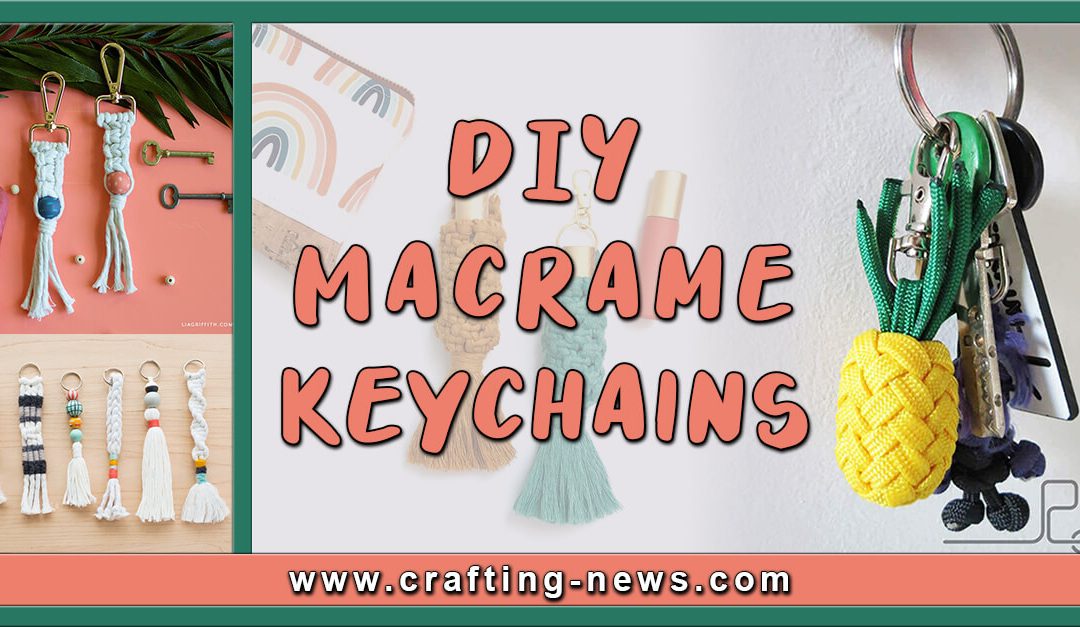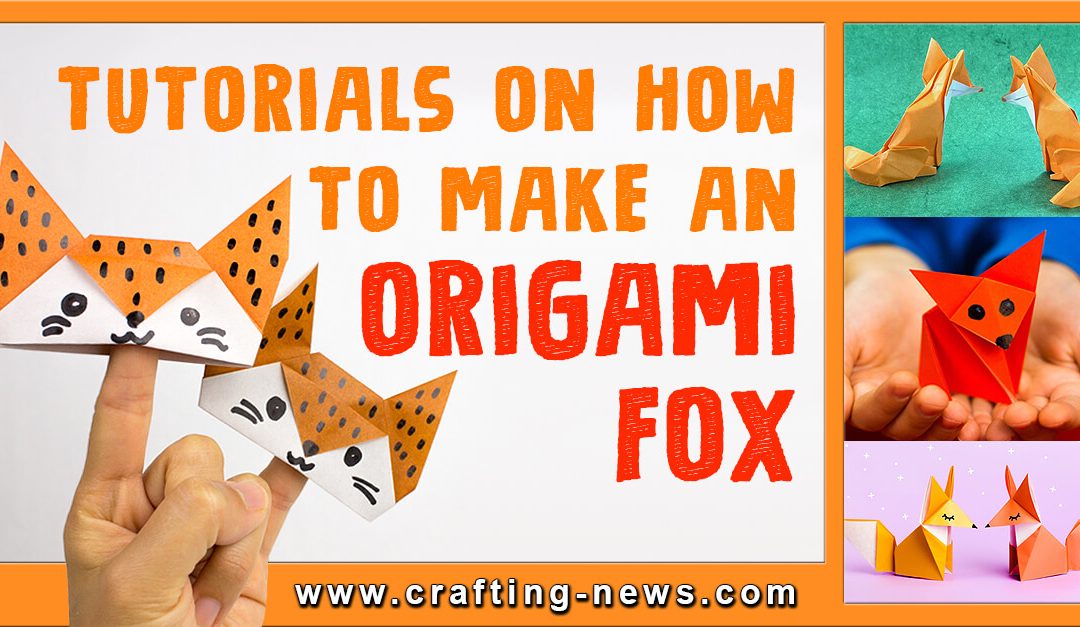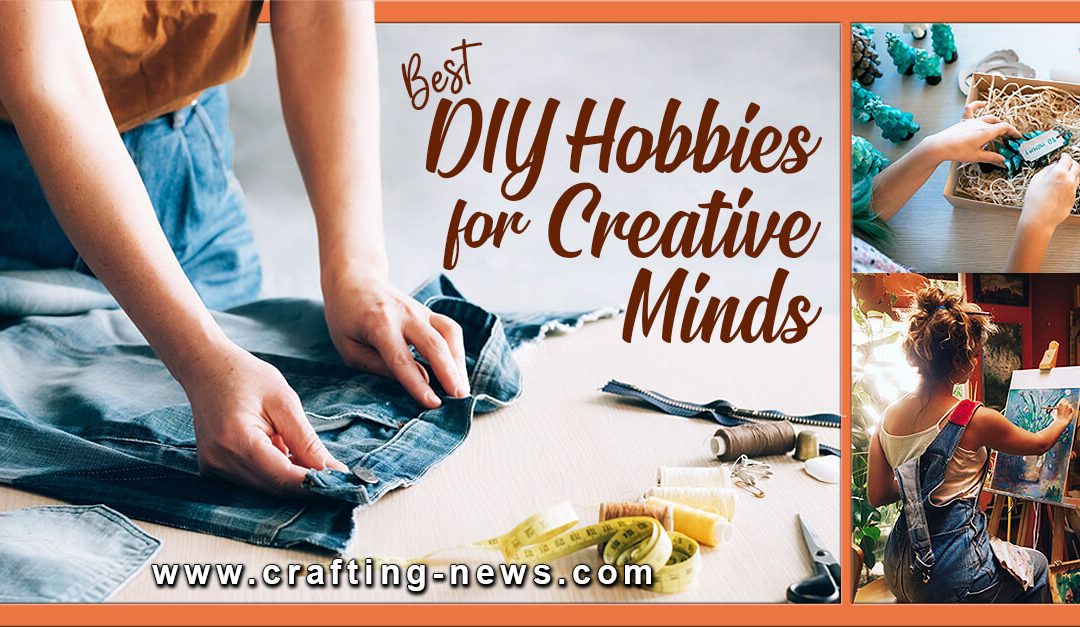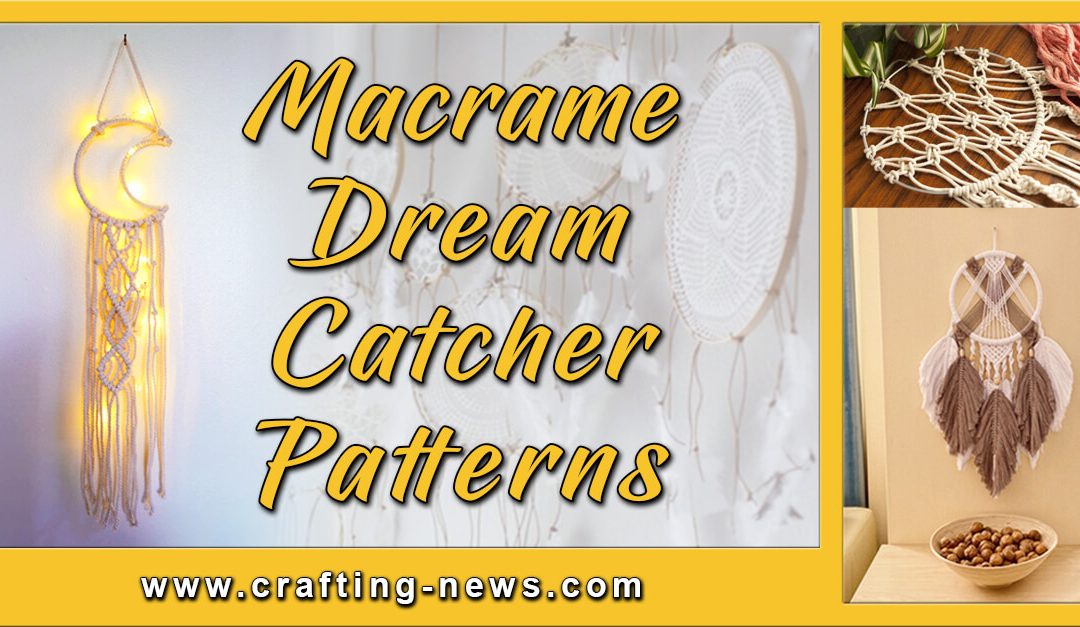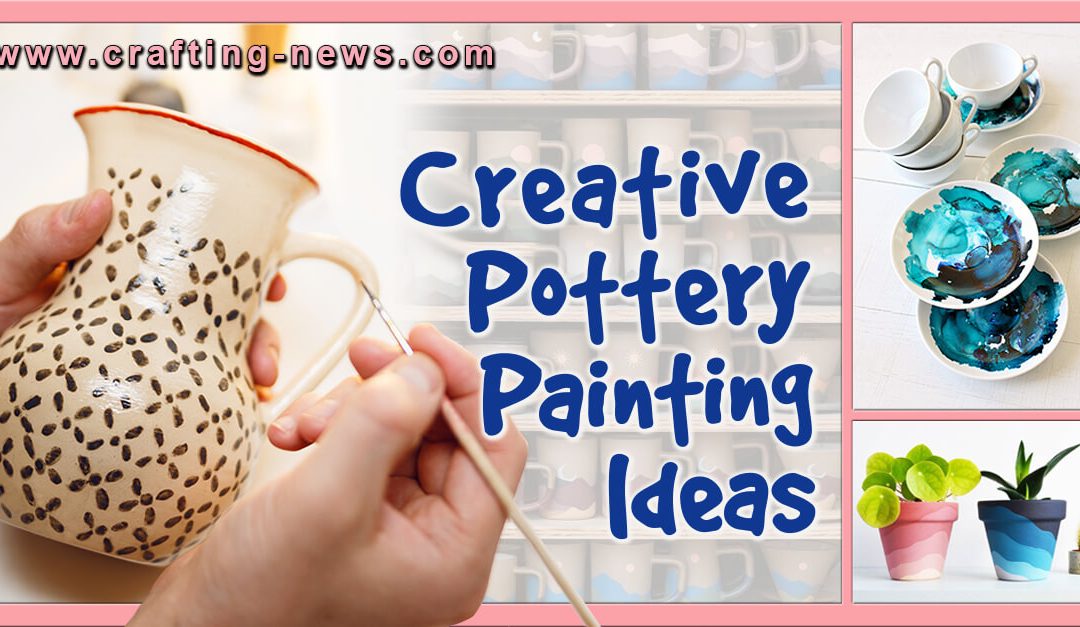If you are new to sewing or are looking for a refresher, we have summarized the most common sewing needle types used. We have created this guide to help you better understand the different types of needles and their uses.
Sewing with the wrong type of needles is one of the most common mistakes when learning to sew. Using the wrong needle can make it hard to complete your project. Sewing with an improper needle will lead to poor stitch quality and even needle breakage.
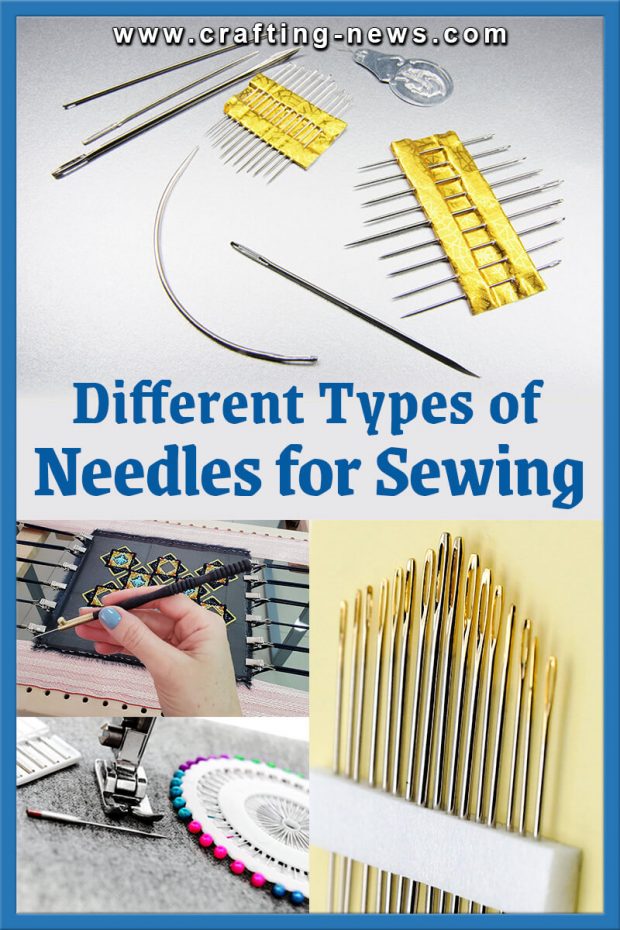
29 Types Hand and Machine Sewing Needles
Below, we will discuss 29 types of sewing needles. We have included hand sewing needles as well as sewing machine needles.

Hand Sewing Needle Types
1. Beading Needles
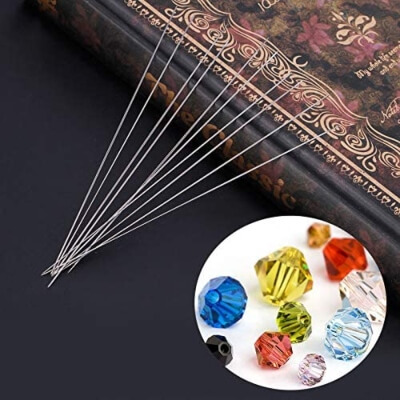
Beading needles are usually very long and have very small eyes. They are used to add beads to embroidery projects. When beading a project, even the smallest beads need to be able to pass smoothly over the eye of the needle.
2. Between Needles
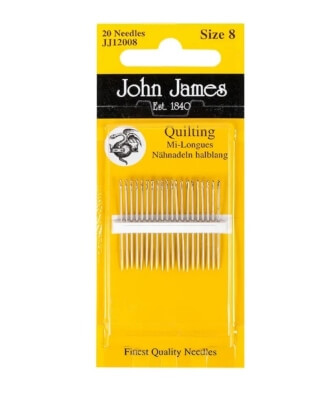
Between needles are used in fine needle work and hand quilting projects. The needles are short with round eyes. The points are very sharp.
3. Bodkins

Bodkins are long, thick needles with large eyes. They often have blunt points, but they are also available with sharp points. These types of needles are often used when you need to thread ribbons, cords, or elastic through a casing.
4. Canvas Needles
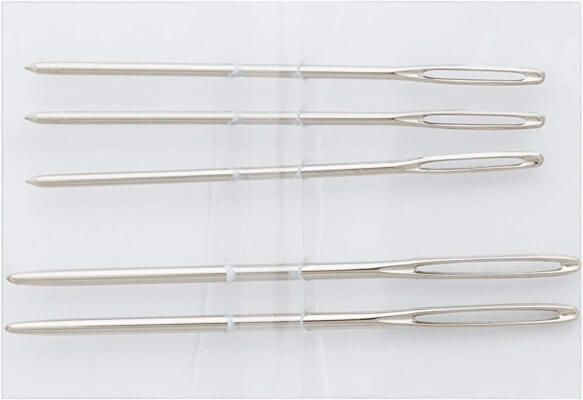
Canvas needles are heavy duty needles that are about twice the thickness of a regular sewing needle. The points are sharp, making them ideal for sewing canvas. The tips of the canvas needles have a triangle, flat side. These thick, blunt needles are suited for use on canvas.
5. Chenille Needles
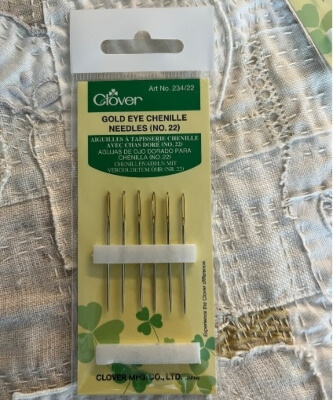
Chenille needles have large, long narrow eyes. They are comparable to cross-stitching and tapestry needles. However, they have sharp points instead of blunt points. The sharp points make it easy to insert the needle through tightly woven cloth. Chenille needles are used in ribbon and crewel embroidery.
6. Curved Needles
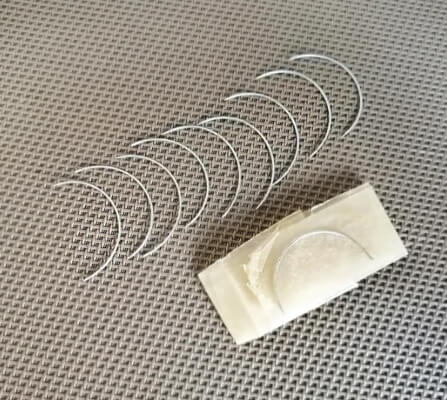
Curved needles are also referred to as upholstery needles. Just as the name suggests, the needles are curved. This design makes it easy to make repairs to upholstery weight fabric. The needles also come in handy when you need to sew a hard to reach seam.
7. Darning Needles
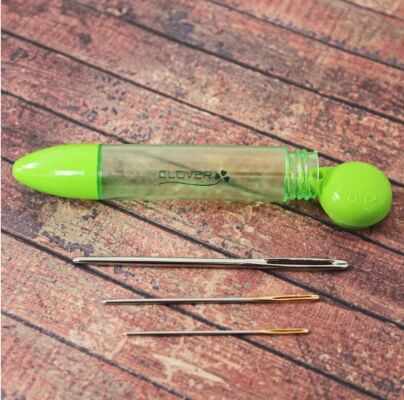
Darning needles are also referred to as yarn needles. They have large eyes that are perfect for threading wide ribbons and bulky yarn. The tips of the needles are often blunt. You can find darning needles that have a slightly curved tip, which makes it easier to pick up stitches.
8. Embroidery Needles

Embroidery needles are also referred to as crewel needles. They have sharp points and long, narrow eyes. They come in a variety of sizes. These needles are the most common needles used in embroidery.
9. Felting Needles

Felting needles are not made for actual sewing. Instead, they are designed to be repeatedly jabbed into wool. The stabbing motion felts the wool. Felting needles are used in needle felting projects. (For Needle Felting Projects, click here)
10. Leather Needles

Leather needles are heavy duty needles with sharp points shaped like triangles. The design of the needle makes it easier to insert the needle through thick leather.
11. Milliners Needles
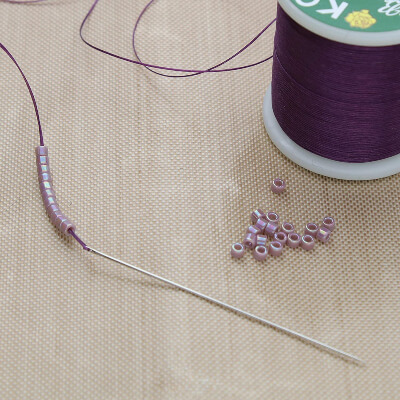
Milliners needles are also referred to as straw needles. They are long with sharp points. The eyes are very small. Milliners needles are often used in embroidery work and hat making.
12. Quilting Needles
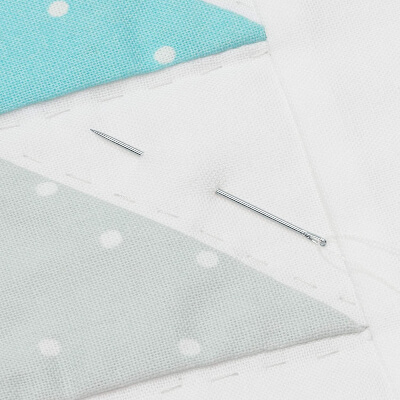
Quilting needles are short, fine needles with small, round eyes. The needles can easily penetrate several layers of cloth. The length makes it easy for a quilter to make quick, even stitches.
13. Self Threading Needles
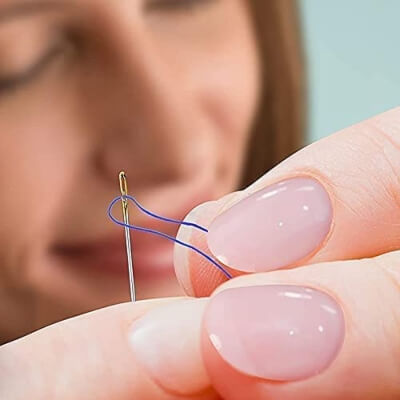
Self threading needles are all-purpose needles that have a grove in the eye. The groove makes it easy to thread the needle. These needles are ideal for the visually impaired.
14. Sharp Hand Needles
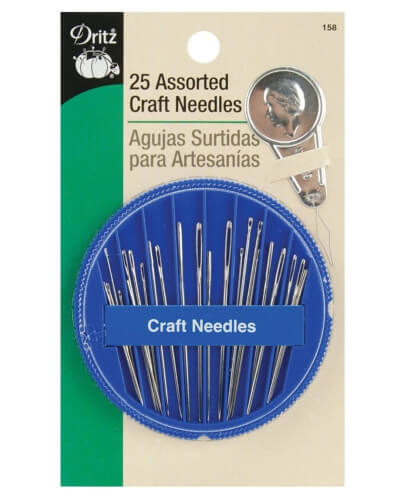
Sharps needles are all-purpose. They are the most common types of needles for everyday use. These needles have short rounded tips. They come in a variety of lengths and are used for general sewing.
15. Tambour Needles
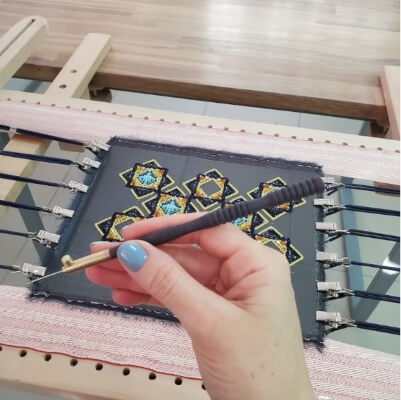
Tambour needles are used for Luneville embroidery.
16. Tapestry Sewing Needles
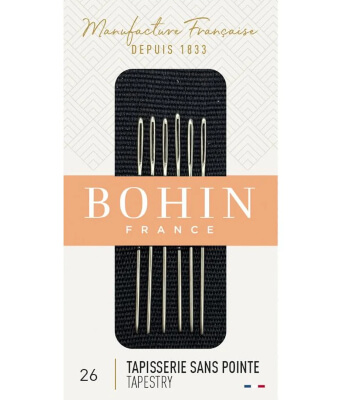
Tapestry needles have elongated eyes and blunt points. The blunt points can slip smoothly through the holes in fabric without damaging or splitting the threads. Tapestry needles come in a wide variety of sizes. These types of needles can be used for cross stitching, plastic canvas, knitting, and crocheting.
Types of Needles for Sewing Machines
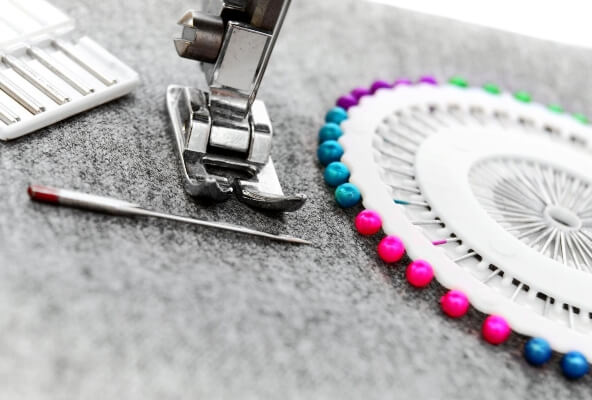
1. Ball Point Needles
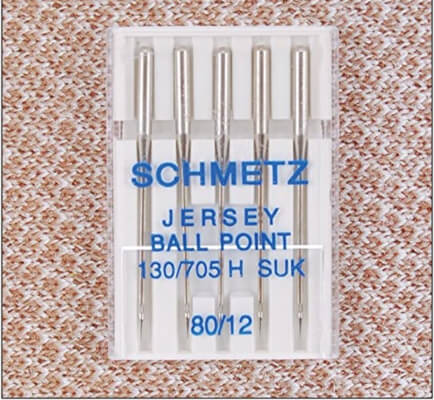
Ball point needles have blunt, round tips. They are ideal for sewing knit fabrics. The blunt end will not damage the fibres of the fabric like a regular point needle. You will also experience fewer skipped stitches.
2. Embroidery Machine Needles

Embroidery needles are designed to cause less strain on the thread. These types of needles have specially designed scarfs to help prevent missed stitches. They also have larger eyes that allow the embroidery thread to pass through freely.
3. Jeans/Denim Needles

Jeans needles are specifically designed to sew denim material. The needles are constructed with a special point that can penetrate the thick material. Jeans needles help reduce deflection, skipped stitches, and needle breakage.
4. Leather Needles

Leather needles are also referred to as chisel point needles. They have special tips that will easily penetrate genuine leather and suede. It is not intended for imitation leather, synthetic suede, or ultra suede.
5. Metafil Needles

Metafil needles have extra large eyes. These eyes allow fancy threads to pass through freely without shredding or splitting.
6. Quilting Sewing Machine Needles

Quilting needles are heavy duty, reinforced needles that are shorter than regular needles. These types of needles are designed to sew through several layers of fabric and wadding. The shorter needle length gives the quilter the ability to create quick and even stitching.
7. Sharps Needles
Sharp needles have strong shafts and sharp points. Their eyes are short and round, which creates extra strength. They are intended for working with several layers of cotton fabric and wadding. They can also be used when sewing densely woven fabrics.
8. Stretch Needles

Stretch needles are designed to sew stretch fabric such as Spandex and Lycra. They have deep scarfs and medium ballpoint tips. These types of needles are often coated in either chrome or titanium which allows them to effortlessly glide through fabrics.
9. Top Stitch Needles
Top stitch needles have extra large eyes and extremely sharp points. They can easily penetrate all types of fabric. The extra large eye gives you the ability to use thick top stitching thread.
10. Triple Needles
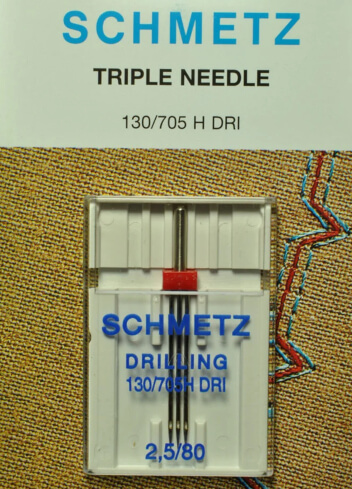
Triple needles are used to create decorative stitching. Triple needles must be used at a slower speed. They are not compatible with all sewing machines.
11. Twin Needles
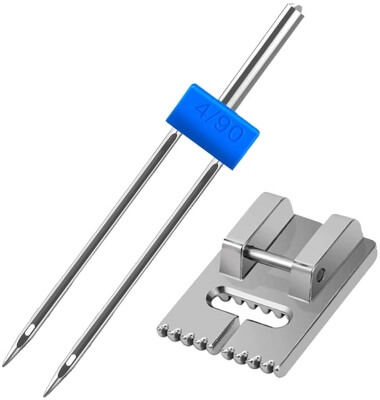
Twin needles are used to create decorative stitching. When using a twin needle, you need to work at a slower speed. Twin needles are not compatible with all sewing machines.
12. Universal Needles
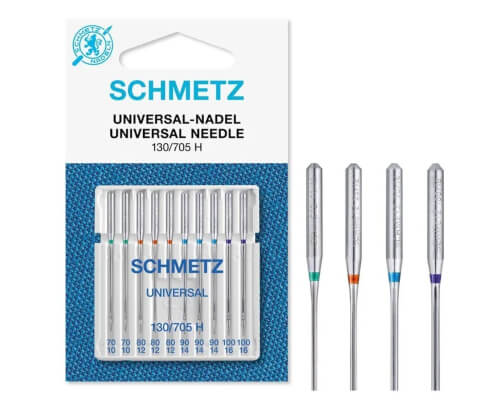
Universal needles are the most common needles used. Even though the name suggests they are universal, there are different needles for different fabrics. So, when sewing, check to see what size universal needle you need for the fabric you are sewing.
13. Wing Needles
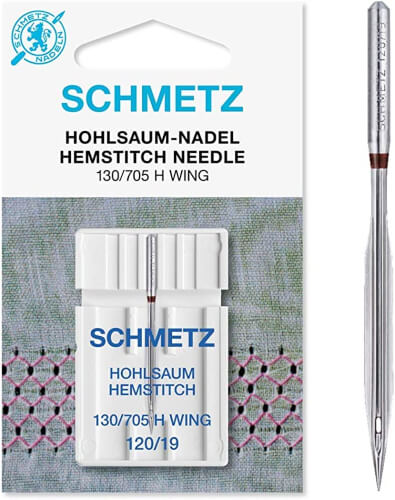
Wing needles are also referred to as hemstitch needles. These types of needles are used with special stitch options on a sewing machine. They are utilised to create hemstitches and decorative stitches. They work best on loosely woven fabrics.
Types Of Sewing Needles FAQs
- How Often Should I Change My Sewing Machine Needle?
Sewing machine needles wear out quickly. It is often recommended that you replace the needle with every new project or every 6-10 hours. The actual life of the needle will vary depending on the thickness of the fabric you are sewing.
A worn-out needle can greatly affect the outcome of your project. The needle can produce uneven stitches, tug on your fabric, and cause issues with the sewing machine.
- How Often Should I Replace My Hand-Sewing Needles?
Overtime, your hand sewing needle can wear out or get damaged. You will usually want to replace the needle after about 10 hours of use. If the needle is snagging your fabric or is hard to push through the fabric, change it.
- How do I know if I need a Smaller Needle?
If you are using a needle that is too large you may notice snagging, puckering around the needle, puckering parallel to the stitching, or unintentional gathering.
- How do I know if I Need a Larger Needle?
Needle breakage is the most common sign you are using a needle that is too small.
- How Should I Store My Sewing Needles?
Do not throw your needles in your sewing box or shove them in a pincushion to store them. They can be easily damaged. Instead, use a needle organiser that keeps your needles safe and organised.
- Should I use a Pin Cushion?
There are pros and cons to using pin cushions. The cushion can keep your pins and needles in one place. However, depending on the filling used, they can dull your needles. Needles can also get shoved deeply into the cushion. Lightweight cushions can also be easily knocked onto the floor.
- Why Are My Sewing Machine Needles Always Breaking?
There are several reasons your needles can break. Some reasons include:
- They are old
- The needle was damaged
- Using the wrong presser foot and needle position
- The wrong needle for the fabric you are sewing
- Sewing with the wrong thread
- Thread tension is wrong
- The tension of the bobbin is too tight
- Why Does My Sewing Machine Needle Keep Hitting the Plate?
There are a few reasons why your sewing machine needle can be hitting the plate. These include:
- Needle is bent
- Needle is not installed correctly
- Needle clamp screw is loose
- Tension is too tight
- Incorrect needle, thread, and fabric combination
- You are pulling on the fabric
- Why Does My Sewing Machine Needle Keep Jamming?
A jamming sewing machine can be very aggravating. There are a few reasons why it may be jamming. These include:
- Needle is dirty
- Feed dogs are dirty
- Sewing machine needs to be serviced
- Sewing machine needs to be oiled
- Presser foot is not installed correctly
- Bobbin is not correctly seated
- Sewing machine is not threaded properly
- Tension is too low
- Sewing fabric that is too thick for the machine
- Sewing machine is defective
- How Can I Keep Thread from Tangling When Hand Sewing?
To prevent your thread from tangling when hand-sewing, pull it through beeswax. You can also use beeswax to coat stubborn zipper teeth.
So there you have it, our guide for the different types of needles!
If you are new to sewing, you might want to check our articles on Best Sewing Threads, Best Rotary Cutters, Best Sewing Tables, Best Needle Threader, Sewing Machine Needle Sizes and Best Sewing Box Organizers. You can also find more sewing related projects on our Facebook Page!
Since there is such a large variety of needles offered to sewists, it can be tricky to know which needle you should be using on your project.
The sheer number of needles can be confusing at first. However, with a little bit of research, you can quickly learn the differences between all the types of needles available.

